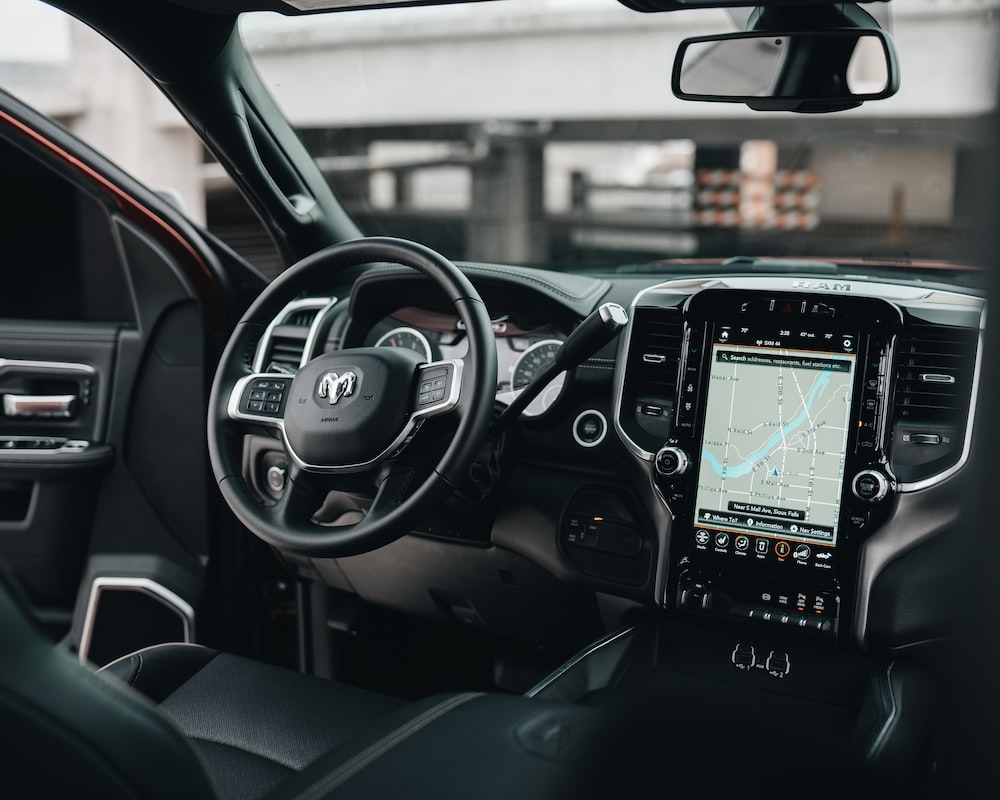Transportation is an integral part of our daily lives, and advancements in technology are continuously shaping the way we move from one place to another.
One of the most exciting and transformative developments in transportation is the rise of self-driving cars. Looking at the future of transportation and delving into the world of autonomous vehicles, let’s discuss the benefits, challenges, and potential impact on society.
The Rise of Autonomous Vehicles
Self-driving cars, also known as autonomous vehicles, are automobiles equipped with advanced sensors, artificial intelligence, and machine learning algorithms that enable them to navigate and operate without human intervention. Over the past decade, major technological advancements have propelled autonomous vehicles from science fiction to reality.
Advantages of Self-Driving Cars
1. Safety and Reduced Accidents
One of the most significant advantages of self-driving cars is their potential to greatly enhance road safety. Human error accounts for a significant portion of traffic accidents, but autonomous vehicles have the potential to eliminate this risk. With their advanced sensors and ability to make split-second decisions, self-driving cars can detect and react to potential hazards more effectively than human drivers, leading to a reduction in accidents.
2. Increased Efficiency and Reduced Congestion
Self-driving cars can optimize traffic flow and reduce congestion on roads. By communicating with each other and coordinating their movements, autonomous vehicles can travel at optimal speeds and maintain safe distances, minimizing traffic jams. Moreover, self-driving cars can make more efficient use of existing infrastructure, potentially reducing the need for new road construction.
3. Improved Accessibility and Mobility
Autonomous vehicles have the potential to revolutionize transportation for individuals with limited mobility. Elderly people, individuals with disabilities, and those who cannot drive due to various reasons can regain their independence through self-driving cars. These vehicles can provide convenient and accessible transportation options, enabling everyone to reach their desired destinations.
Challenges and Considerations
1. Technological Hurdles
While significant progress has been made in autonomous vehicle technology, there are still several technological challenges to overcome. These include refining sensors and perception systems to handle diverse weather conditions, developing robust cybersecurity measures to protect against potential hacking, and enhancing machine learning algorithms to adapt to complex and unpredictable driving scenarios.
2. Legal and Regulatory Framework
The widespread adoption of self-driving cars also raises important legal and regulatory considerations. Policymakers and governments around the world need to develop comprehensive frameworks to address liability, insurance, data privacy, and ethical dilemmas. Establishing standardized regulations will be crucial to ensure the safe and responsible integration of autonomous vehicles into our transportation systems.
3. Public Acceptance and Trust
Acceptance and trust are vital factors for the success of self-driving cars. It is essential to educate the public about the technology, its benefits, and safety measures to alleviate concerns and skepticism. Transparent communication, rigorous testing, and successful deployment of autonomous vehicles in controlled environments will help build trust and encourage public acceptance.
The Future Impact on Society
The widespread adoption of self-driving cars will have a profound impact on various aspects of society:
1. Transportation and Urban Planning
The integration of self-driving cars will reshape transportation and urban planning. With reduced car ownership, parking spaces can be repurposed for green spaces or additional infrastructure. Moreover, shared autonomous vehicles can facilitate the shift from private vehicle ownership to on-demand mobility services, reducing traffic congestion and parking requirements.
2. Employment and Workforce
The advent of self-driving cars may disrupt employment in the transportation sector. Professional drivers, such as taxi drivers and truck drivers, may face challenges as autonomous vehicles become more prevalent. However, new job opportunities will arise in industries related to autonomous vehicle development, maintenance, and supervision.
3. Environmental Impact
Self-driving cars have the potential to significantly reduce carbon emissions and improve air quality. Autonomous vehicles can optimize driving patterns, reducing fuel consumption and greenhouse gas emissions. Moreover, the shift towards shared autonomous vehicles can lead to a decrease in the overall number of vehicles on the road, further reducing pollution and congestion.
4. Mobility and Accessibility
Self-driving cars can improve mobility and accessibility, particularly in underserved areas. Autonomous vehicle fleets can provide affordable and convenient transportation options, bridging gaps in public transportation networks. This can benefit communities with limited access to transportation, empowering individuals to access employment, education, healthcare, and other essential services.
Conclusion
The future of transportation lies in the hands of self-driving cars. The rapid advancements in autonomous vehicle technology present numerous opportunities to revolutionize the way we travel, making transportation safer, more efficient, and accessible for all. While there are still challenges to overcome, including technological, regulatory, and societal considerations, the potential benefits of self-driving cars are immense.
As we move forward, it is crucial for policymakers, industry leaders, and society as a whole to collaborate and address these challenges proactively. By embracing the possibilities of self-driving cars and fostering an environment of innovation, we can shape a future where transportation is not only efficient but also sustainable, inclusive, and safer than ever before. The era of self-driving cars has arrived, and it holds the promise of transforming the way we move and connect with the world around us.






